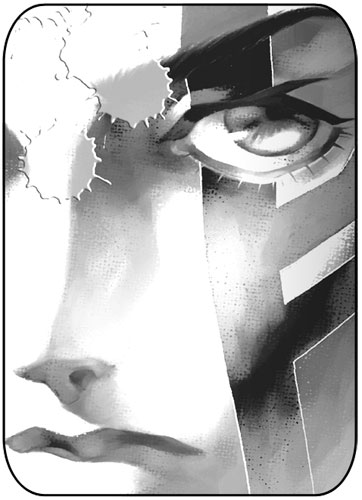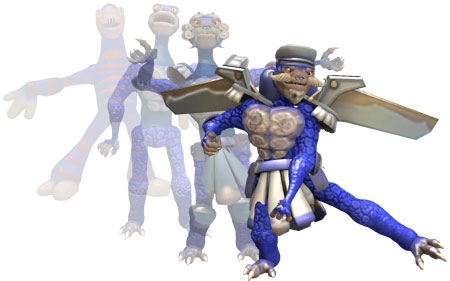Manchester United lost the first trophy up for grabs in the 2009/2010 season after losing a penalty shootout against Chelsea in an unusually entertaining Community Shield match. (Reports: Guardian, BBC, ESPN.) This was scarcely an important affair but it did raise some questions about United this season.
The biggest question of them all this season is not, as the pundits will have us believe, how United will cope without Ronaldo. United have coped without Robson, Cantona, van Nistelrooy, Beckham, and Keane, and have even prospered. The names may differ, the faces may change, the tactics may be altered but only one man is bigger than the club and there will be real trauma when the time comes to replace him.
No, the big question this season for that man, the one and only Sir Alex Ferguson, is what to do with Berbatov. Ferguson seems to have convinced himself United played Berbatov wrongly last season but perhaps United were wrong to play him at all. United are at their very best when surging forward with speed and conviction, leaving backpedalling defenders little time to organise. Berbatov’s languid style, his penchant to take one moment more than necessary to craft the most elegant and eyecatching pass, doesn’t gel with the United way.
My prediction is Ferguson will bear with Berbatov for the first half of season — you don’t spend 30 million pounds on a player only to sit him on the bench for extended periods — but will reluctantly opt for Michael Owen when crunch time comes around. Owen may not be as zippy as he once was but he still has the ability to unsettle defenders with his off-the-ball movement. In contrast, Berbatov, for all his touted style and class, looked very ordinary out there against Chelsea.
Continued…



